Diet of the Coyote (Canis latrans) at an Urban Nature Preserve in West-central Florida
George L. Heinrich1, Janine M. Cianciolo2, Shannon C. Forshee3, Chelsea M. Peterse3, and Elizabeth A. Forys3,*
1Heinrich Ecological Services, 1213 Alhambra Way S., St. Petersburg, FL 33705-4620. 2Exotic Animal Veterinary Services, 201 27th Street N., St. Petersburg, FL 33713. 3Eckerd College, Natural Sciences, 4200 54th Avenue S., St. Petersburg, FL 33711. *Corresponding author.
Southeastern Naturalist, Volume 24, Issue 3 (2025): 340–351
First published early online: 28 September 2025
Abstract
Canis latrans (Coyote) populations have expanded throughout North America, reaching urbanized areas of Florida and raising important questions about their impacts on local ecosystems. This study investigates the diet and potential ecological role of Coyotes at Boyd Hill Nature Preserve (BHNP), a 99-ha remnant natural area in highly urbanized Pinellas County, FL. Over 1 year, we collected and analyzed 70 Coyote scat samples. Plants were found in 89% of all scats, insects were found in 51%, and vertebrates were found in 60%. Orthopterans, lagomorphs, and fruits (primarily palm seeds) were the most frequent items found in scats. Diet differed significantly among the seasons; in the fall, winter, and spring, various fruits served as key indicator items in the diet, but during the summer, wasp galls and Procyon lotor (Raccoon) were important. Ecologically, there was little evidence to support that Coyotes were fulfilling the role of apex predators, but they may be competing with other predators of lagomorphs and are dispersing non-native palm seeds throughout the preserve.
![]() Download Full-text pdf (Accessible only to subscribers. To subscribe click here.)
Download Full-text pdf (Accessible only to subscribers. To subscribe click here.)
Access Journal Content
Open access browsing of table of contents and abstract pages. Full text pdfs available for download for subscribers.
Issue-in-Progress: Vol. 24( 4) ... early view
Check out SENA's latest Monograph and current Special Issue in progress:
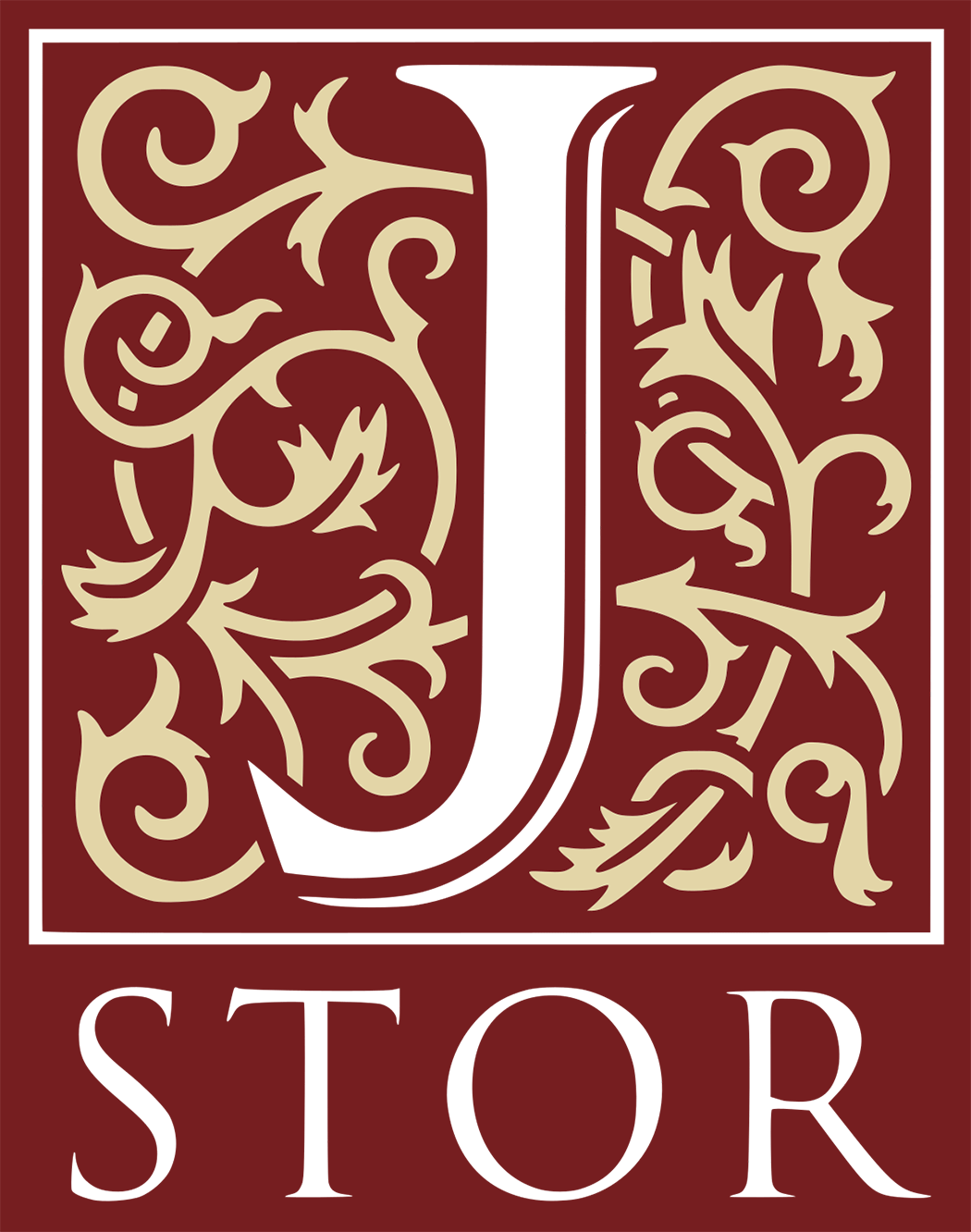
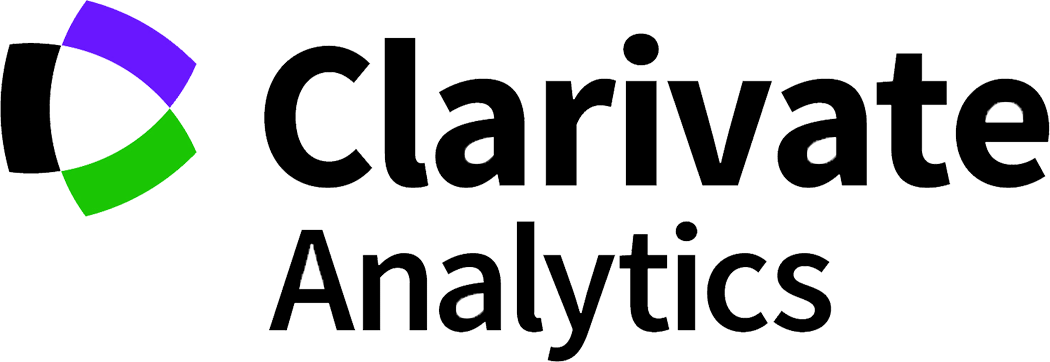
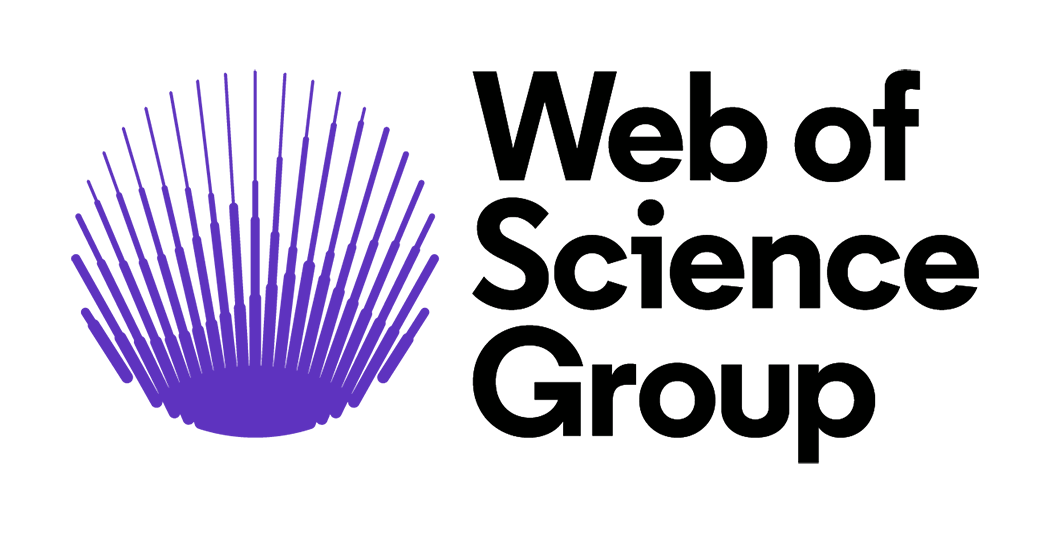

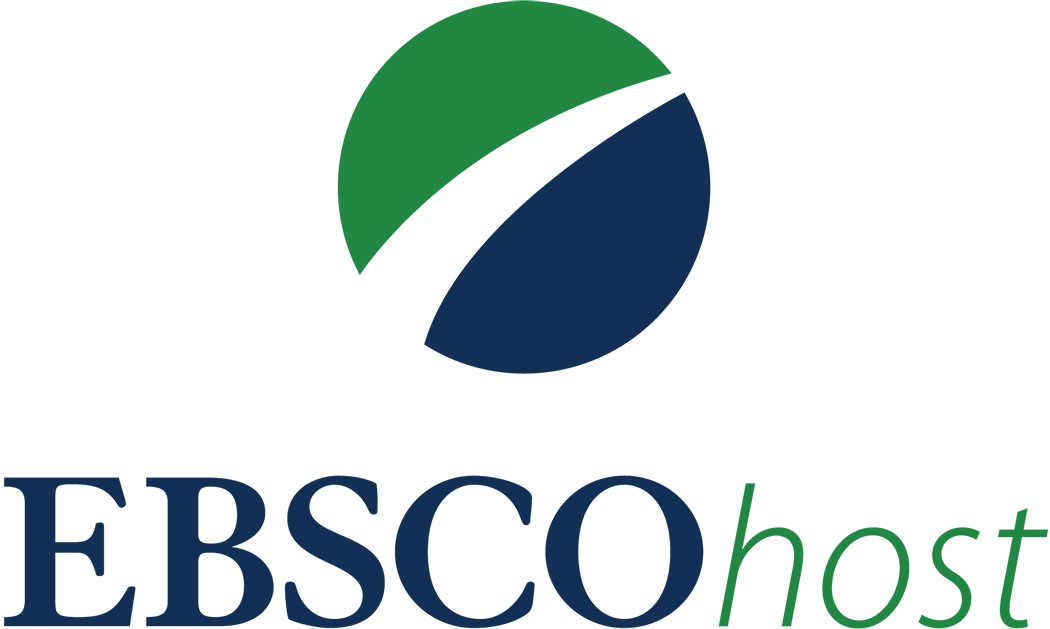
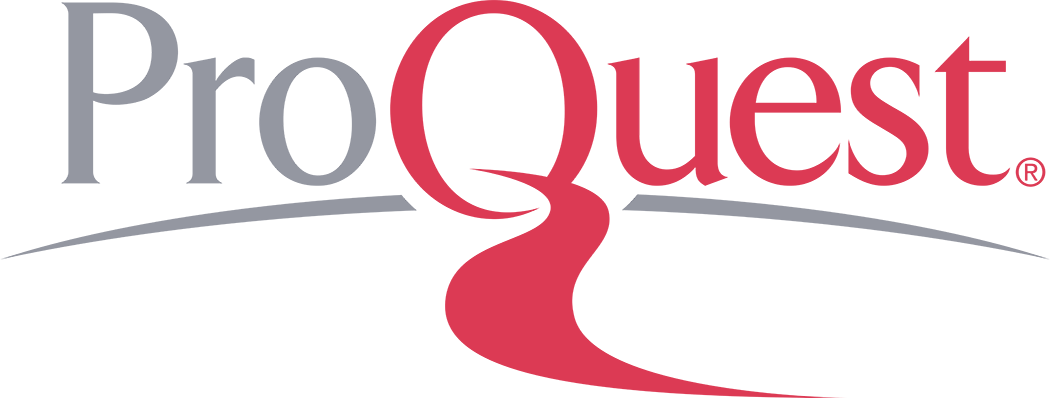


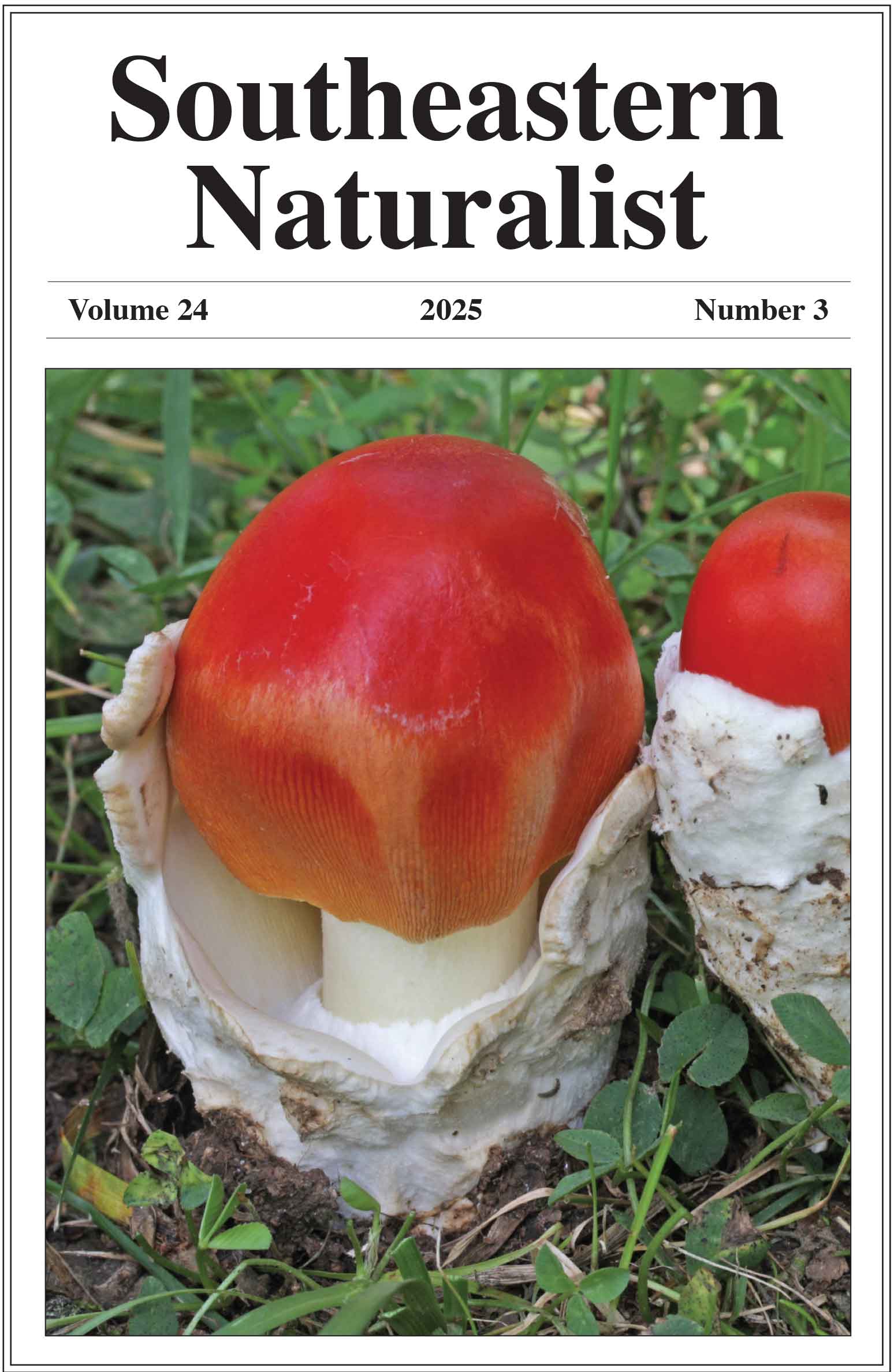




 The Southeastern Naturalist is a peer-reviewed journal that covers all aspects of natural history within the southeastern United States. We welcome research articles, summary review papers, and observational notes.
The Southeastern Naturalist is a peer-reviewed journal that covers all aspects of natural history within the southeastern United States. We welcome research articles, summary review papers, and observational notes.